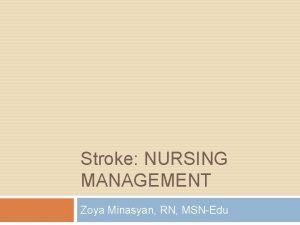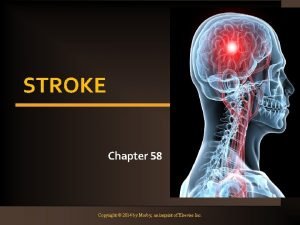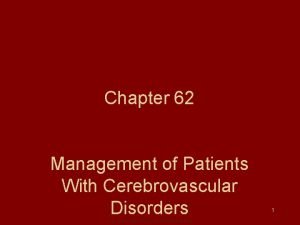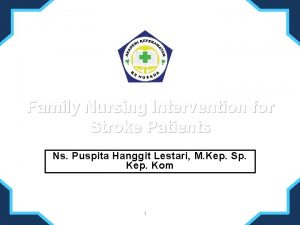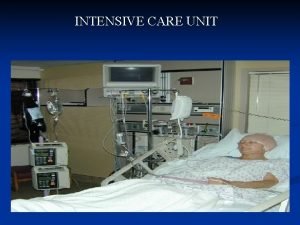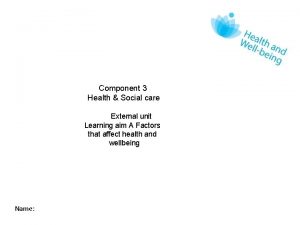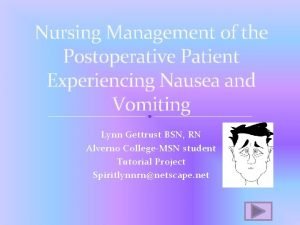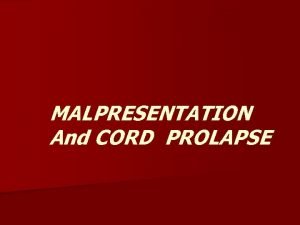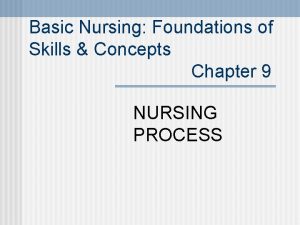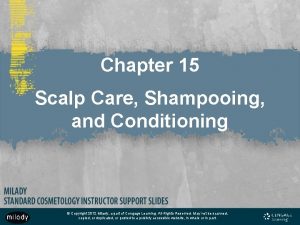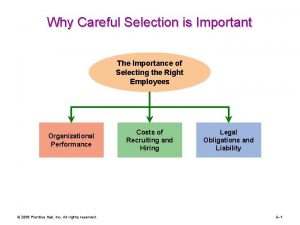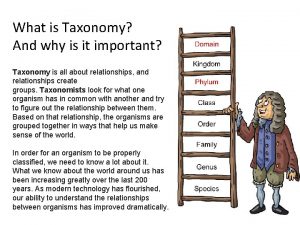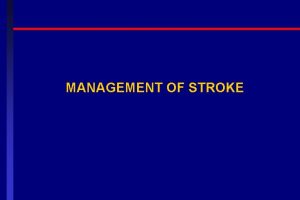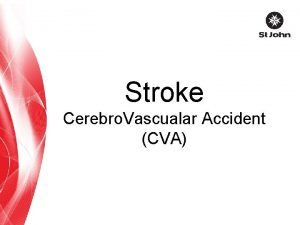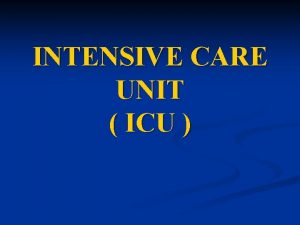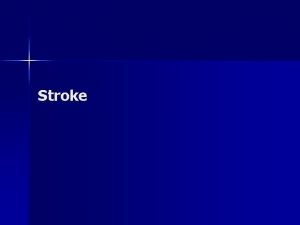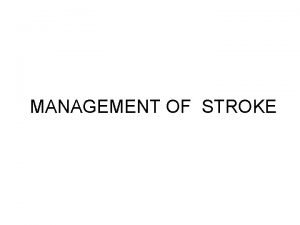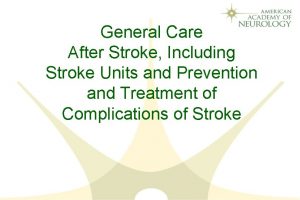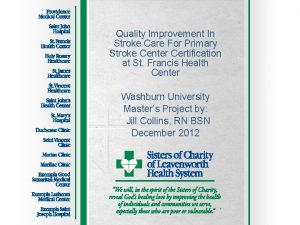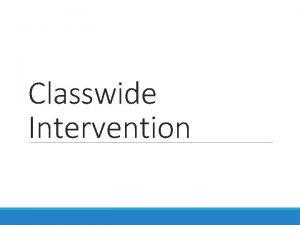AIM Why important Intervention Intensive Nursing care stroke



















































- Slides: 51


AIM �Why important ? �Intervention �Intensive �Nursing ? care ?

stroke


HEMORRHAGIC STROKE � hemorrhagic stroke มอตราการเสยชวตสงประมาณ รอยละ 305 -0 ในชวงระยะ 30 วน � Ischemic stroke มอตราการเสยชวตว นประมาณรอย ละ 20 )Ref: grysiewicz RA. epidemiology of ischemic and hemorrhage stroke. Neurol Clin 2008( ในชวงระยะ 30 วน

CAUSES

HEMORRHAGIC STROKE – SIGNS AND SYMPTOMS Hemorrhagic �Subarachnoid hemorrhage Sudden severe HA Transient LOC Nausea/Vomiting Neck pain Intolerance of noise/light Stiffneck positive �Intracerebral hemorrhage LOC , N/V , Coma Sudden severe HA Transient LOC Nausea/Vomiting Neck pain Intolerance of noise/light Stiffneck positive

COMMON SITE FOR HYPERTENSIVE HEMORRHAGE

COMMON SITE FOR HYPERTENSIVE HEMORRHAGE A=Lobar hemorrhage B= Basal ganglia hemorrhage(Putam en) C=Thalamus hemorrhage D=Brainstem hemorrhage(pons)

COMPONENT OF BRAIN CSF (10%) เลอด Brain )12%( เนอสมอง )78%(

INCREASES IN BLOOD Focal brain damage • hematoma Herniation = Coma, death • vasodilation Decrease cerebral perfusion • hypoventilation • hypercarbia / hypoxia • venous outflow

HYPERTENSION Increase brain edema Increase hematoma size Increase intracranial pressure

ROLE OF TREATMENT �Decrease �Prevent �Control hematoma growth brain herniation Risk and specific treatment for prevent recurrent events Blood pressure control


INTERVENTIONS 2. Blood pressure �A goal reduction of 30% of initial presenting MAP to avoid hypotension and potential ischemia is usually recommended BP goal 160/90, 160/100 mm. Hg �Hypertensive hemorrhage keep BP < 180/105 mm. Hg or MAP< 130 �Ischemic stroke keep BP < 220/120




INTERVENTIONS 3. Temperature BT >38. 5°C - Medicine: Acetaminophen - Tepid Sponge - cooling blanket

INTERVENTIONS 4. Fluid&Electrolyte - Avoid dehydration & Overhydration ปรมาณสารนำทควรไดร บ = urine out +500 ml (insensible loss) +300 ml/1°C ทเพมขนจาก อณภมกายปกต (37°C( - control electrolyte balance



NURSING INTERVENTIONS 8. Temperatureในรายทมการตดเช ออาจตองให ATB 9. antihypertensives, osmotic diuretic 10. IV fluid ประเมน intake & output ความตงตวของผวหนงและเยอบ ตางๆ ตดตามคา serum & urine osmolality 11. ประเมน bowel sounds


IICP Normal 4 -15 mmhg • Decrease CPP cerebral ischemia (CPP =MAP –ICP) • Brain herniation • brain injury (brian stem) • ischemic • death

- Supratentorial herniation 1. Uncal (transtentorial) 2. Central 3. Cingulate (subfalcine) 4. Transcalvarial - Infratentorial herniation 5. Upward (upward cerebellar or upward transtentorial) 6. Tonsillar (downward cerebellar)

BRAIN HERNIATION cardiovascular center, respiratory center ทกานสมอง (brain stem) ถกกด หผปวยเสยชวตไดในเวลาอนรวดเรว




ICP MONITORING


CLINICAL MANIFESTATIONS IICP Cheyne-Stokes respirations

CLINICAL MANIFESTATIONS IICP

INTERVENTIONS 1. ตดตามคา ICP, CPP, V/S & arterial pressure 2. การรกษาดวยการผาตด – ventriculostomy ระบาย CSF – craniotomy or craniectomy decompression

ventriculostomy


VENTRICULOSTOMY The laser level in position to ensure the panel is positioned at the "zero"

INTERVENTIONS 3. การรกษาดวยยา ไดแก �barbiturate; pentobarbital, thiopental barbiturate coma ลด brain metabolism, cerebral oxygen consumption & cerebral blood flow ลด ICP **ระวงภาวะ hypotention �เพม CPP ลด ICP ; Dopamine, Phynylephrine �osmotic diuretic ; mannitol serum osmolality เพมขน ดง free water จากเนอสมอง �steroid ; decadron ลด brain edema,


ASSESSMENT GCS < 8 คะแนน coma GCS = 3 คะแนน deep coma

ASSESSMENT �pupil reaction to light normal �pupil sluggish to light จาก N 3 ถกกด (oculomotor nerve) สาเหตจาก brain herniation, brain edema �pupil dilate > 6 ml. & non reaction to light coma พบรวมกบ N 3 ถกกด �ผดปกตขางใด







NURSING COMPLICATION PRECAUTION � VAP � SSI � UTI � Pressure sore � joint stiffness/DVT (Erly rehabilitation)

HOME PROGRAM

 Anterior stroke vs posterior stroke
Anterior stroke vs posterior stroke National center on intensive intervention
National center on intensive intervention National center on intensive intervention
National center on intensive intervention Hey bye bye
Hey bye bye Traingle of care
Traingle of care Obsessive compulsive disorder ncp
Obsessive compulsive disorder ncp Care plan on cataract
Care plan on cataract Level of care primary secondary tertiary
Level of care primary secondary tertiary Nursing intervention for aphasia
Nursing intervention for aphasia Nursing management of stroke
Nursing management of stroke Stroke precautions nursing
Stroke precautions nursing Complications of hydrocephalus
Complications of hydrocephalus Homonymous hemianopia nursing intervention
Homonymous hemianopia nursing intervention Cingulate herniation
Cingulate herniation 8 ds of stroke care
8 ds of stroke care Intensive care unit definition
Intensive care unit definition Intensive care units
Intensive care units Health and social care unit 5 learning aim c
Health and social care unit 5 learning aim c Unit 14 learning aim d
Unit 14 learning aim d Health and social care component 2 learning aim b example
Health and social care component 2 learning aim b example Learning aim d health and social care
Learning aim d health and social care 3 part nursing diagnosis examples
3 part nursing diagnosis examples Nursing intervention of vomiting
Nursing intervention of vomiting Nursing diagnosis for cord prolapse
Nursing diagnosis for cord prolapse Dependent nursing interventions
Dependent nursing interventions Nursing intervention for parkinson's disease
Nursing intervention for parkinson's disease Pulmonary embolism nursing diagnosis
Pulmonary embolism nursing diagnosis Nursing intervention examples
Nursing intervention examples Dont ask why why why
Dont ask why why why Newspaper article format
Newspaper article format Inverted pyramid in news writing
Inverted pyramid in news writing Least important to most important
Least important to most important What are two important requirements for a healthy scalp
What are two important requirements for a healthy scalp Humectants milady
Humectants milady Crucifixion quotes gcse
Crucifixion quotes gcse Netball footwork rules
Netball footwork rules Why is communication important in the workplace
Why is communication important in the workplace Why experience is important
Why experience is important Strategic plan is
Strategic plan is Why is water important to living things
Why is water important to living things Why reading is so important
Why reading is so important What do you mean by physical diversity
What do you mean by physical diversity Why careful selection is important
Why careful selection is important Why are rivers important
Why are rivers important What is taxonomy and why is it important?
What is taxonomy and why is it important? Why is self-awareness important
Why is self-awareness important What is the passover
What is the passover When is advent
When is advent What should we do on ramadan
What should we do on ramadan Why are wetlands important
Why are wetlands important Managerial judgement method
Managerial judgement method Why is uml important
Why is uml important








